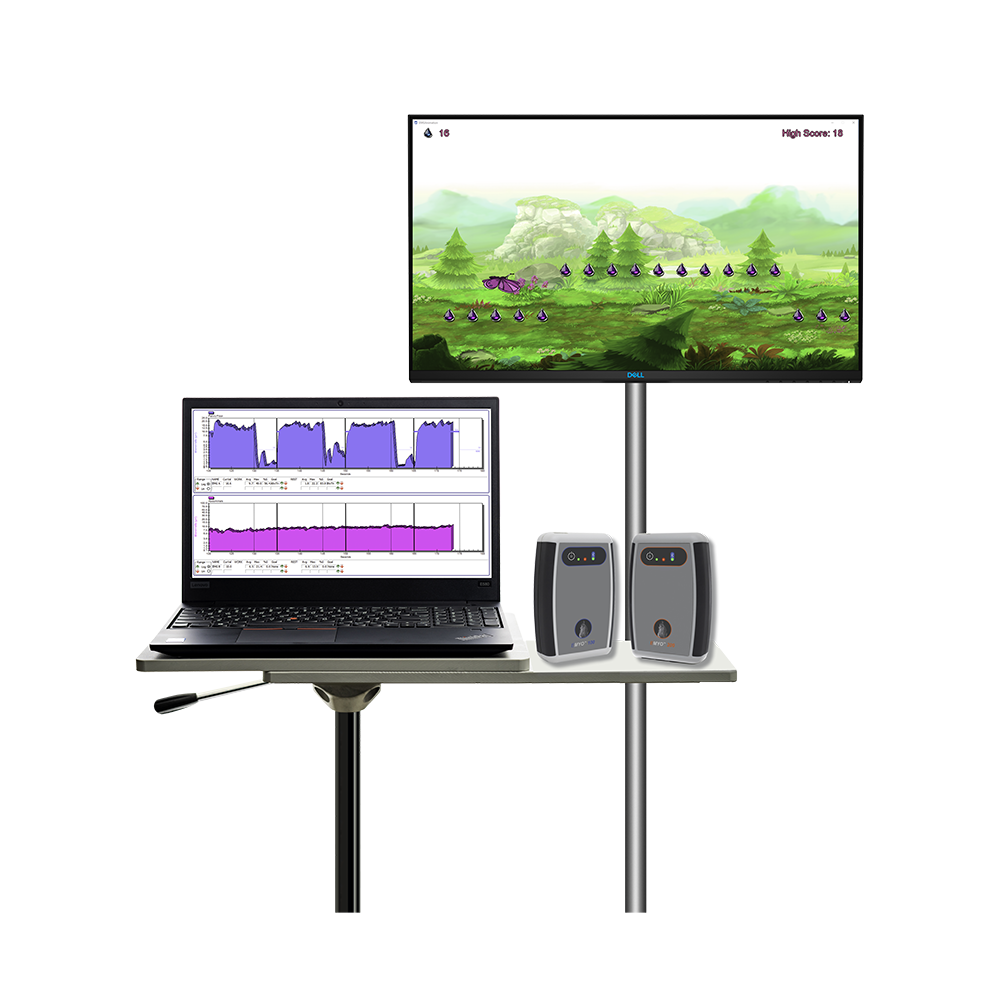Unveiling the Link Between qEEG and Sleep Disorder Patterns for Improved Diagnosis and Therapy
Unveiling the Link Between qEEG and Sleep Disorder Patterns for Improved Diagnosis and Therapy
Blog Article
Sleep hypopnea is a common sleep condition that affects many people around the world. It happens when a individual's breathing is interrupted during slumber, resulting to subpar sleep quality and multiple medical concerns. One of the methods researchers and physicians are endeavoring to better understand and identify sleep apnea is through a method called quantified electroencephalography, or qEEG. This approach assesses the electrical function of the cerebrum and can provide important insights into how sleep apnea impacts cerebral function and general well-being.
qEEG entails positioning small electrodes on the scalp to capture cerebral waves. These brain waves are then examined to detect trends that may indicate sleep disorders, including sleep apnea. By examining these trends, medical providers can gain a clearer understanding of how sleep apnea interrupts typical cerebral function during sleep. This information can be crucial for formulating efficient therapeutic strategies tailored to individual patients. Understanding the connection between qEEG and sleep apnea can lead to enhanced identification methods and better outcomes for those affected by this condition.
Studies has demonstrated that people with sleep apnea often exhibit distinct changes in their brain oscillation patterns. For example, during episodes of apnea, the brain may show heightened function in specific regions while additional areas become less active. These changes can affect how effectively a person sleeps and how refreshed they perceive upon awakening. By employing qEEG to monitor these brain wave patterns, doctors can identify particular characteristics of sleep apnea in clients, which can help in making a more accurate diagnosis. This is especially important because sleep apnea can sometimes be mistaken for other sleep conditions, resulting to misguided therapies.
In furthermore to enhancing diagnosis, qEEG can also play a role in evaluating the effectiveness of treatments for sleep apnea. For instance, after a patient starts using a constant beneficial airway force (CPAP) machine, try these out which helps keep the airway open during sleep, qEEG can be used to assess changes in brain activity. If the brain shows improved trends of slumber after starting treatment, it may indicate that the therapy is working effectively. This feedback can help doctors make necessary adjustments to treatment plans, ensuring that patients obtain the optimal treatment feasible.
In summary, the relationship between qEEG and sleep apnea trends is an promising area of study that offers promise for enhancing diagnosis and treatment. By understanding how sleep apnea affects cerebral activity, healthcare providers can develop more effective strategies to help clients attain improved slumber and enhance their general health. As research progresses to advance, it is probable that qEEG will turn into an integral instrument in the fight against sleep apnea, leading to better outcomes for those who experience from this difficult disorder.